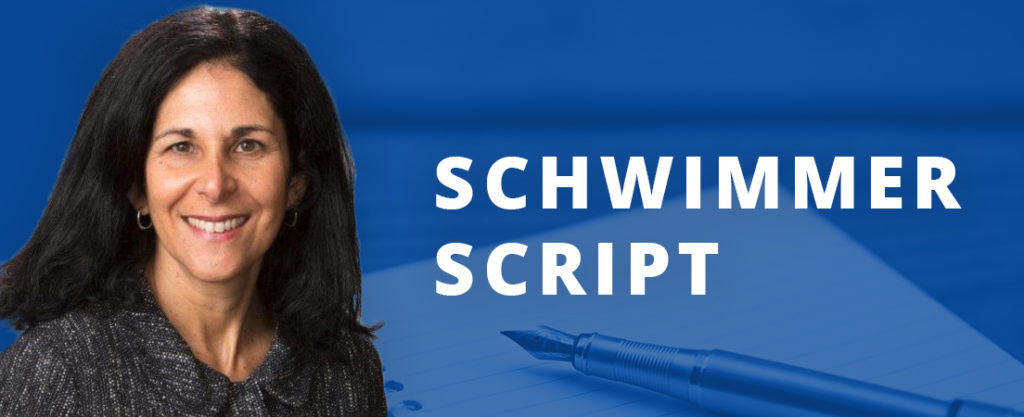Last Friday I taught a class on health care policy to the third-year medical students at a New Jersey medical school. I started by asking the class what each of them has in common with the people pictured below and what I also have in common with these people.
All eight studied medicine like the students in the lecture hall. Like me, all these people are also working to improve the health care system.
Pictured L/R are Elizabeth Rosenthal, MD, Atul Gwandi, MD, Leana Wen, MD, Angelo Valendes, MD, Jeffrey Brenner, MD, Damali Campbell, MD, Neel Shah, MD, Richard Baron, MD.
Having finished two years of nonclinical studies, the students before me are now working in clinics and hospital settings — and beginning to see the systemic problems that prevent patients from getting the care they need and block physicians from giving that care.
I started by describing how people are insured in New Jersey because what insurance you have determines so much in health care from what care is covered to the amount of patient cost sharing. Next, I outlined where the health care dollars go in both Medicaid and the Commercial markets. We explored what is prioritized for payment and what policy questions they should think about as they consider how those dollars are spent. Medicine follows the money. We’re seeing the repercussions of that right now as too many new physicians, burdened with medical school debt, pursue higher paying medical specialties over primary care, leaving us with a shortage of primary care physicians in New Jersey. Indeed, as discussed in the Quality Institute’s recent report on primary care, the number of physicians in primary care is not nearly sufficient to meet our needs.
After discussing the payment system and its structural challenges, I shared some examples of the advocacy work that the Quality Institute undertakes to address these challenges. At the Quality Institute, we regularly bring people together to create recommendations to improve health care. The experience and input of physicians is essential to much of our work.
As the students then shared with me and the class what they were seeing in their clinical rotations, it was confirmation of the health system’s woes. From the cost of drugs to access to healthy food or challenges faced by foreign language speakers, they were seeing it all. Instead of despairing, or feeling helpless, I urged the students to notice gaps in the system and think about what needs to change. Is the problem limited to one person, or reflective of broader systemic issues?
Postscript: After the class, I heard a story from a medical student about a patient that blew me away and filled me with tremendous hope. The patient had left their job because even with their employer-sponsored health insurance, they could not afford an essential medication for their autoimmune disease and associated other medical issues. Applying for Medicaid seemed to be their best option, as it would provide coverage for the medication needed. The transition to enroll took nine months, during which the patient could not take their medication, the disease flared, and they had to undergo a series of emergency surgeries, enduring a hemorrhaging renal artery, shock, and intensive care. What struck me most about this story was the medical student’s ability to see the patient’s medical experience as connected to their life and to our health care system. He saw them and listened to them. Now he wants to understand how a patient who only needed a course of high-dose steroids ended up without a spleen and with just one kidney. After seeing this massive systemic failure, his ability to see the gaping holes in our health care system and push for solutions, gives me hope that the next generation of physicians includes some remarkable advocates who will work to improve the health system they are an integral part of.


